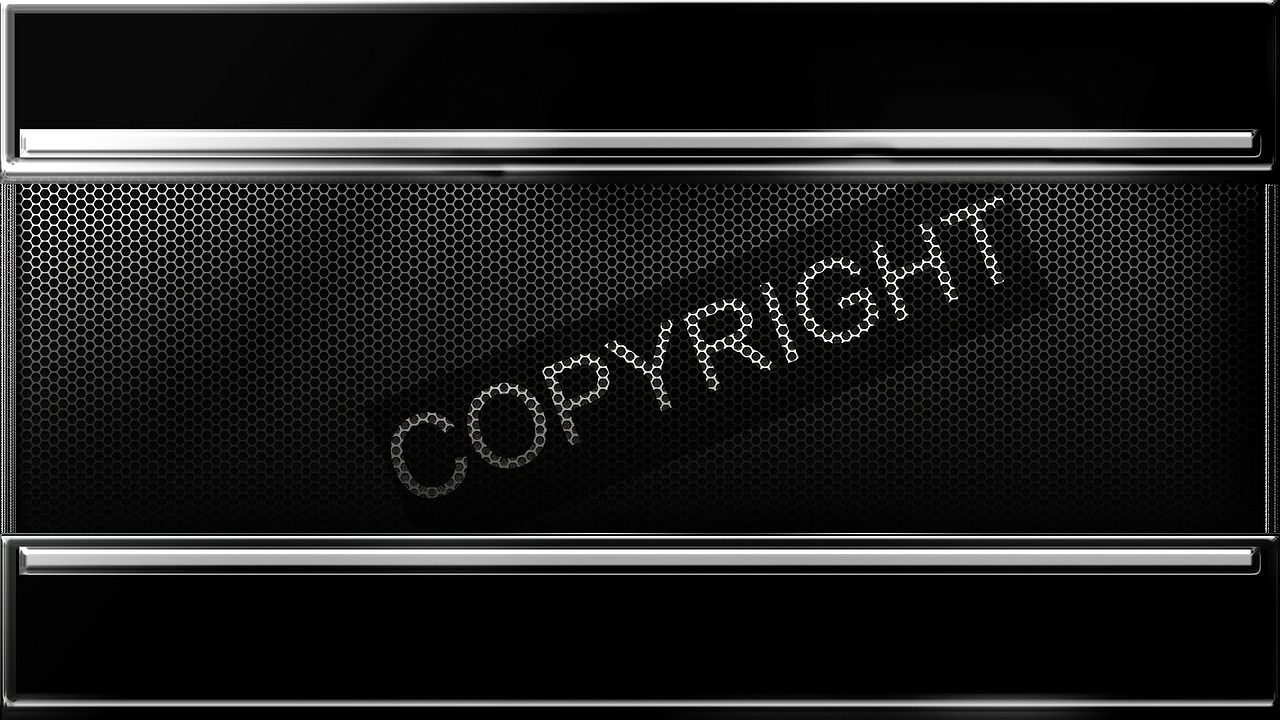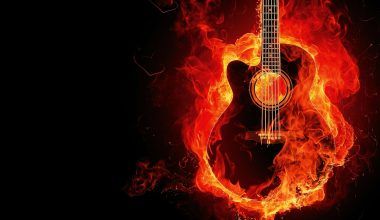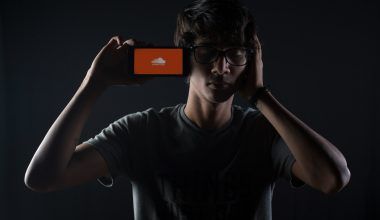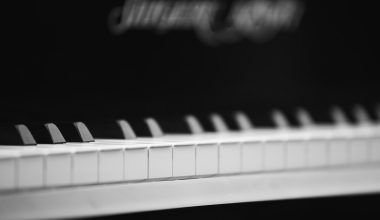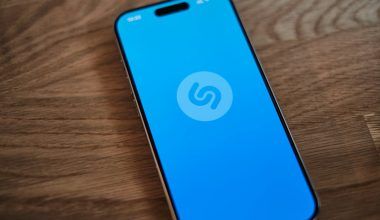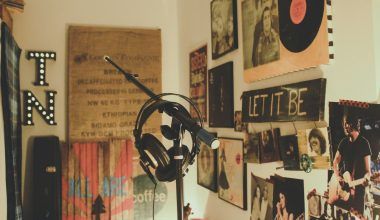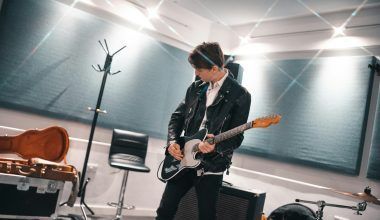Copyright strikes are something that content creators on platforms like YouTube, TikTok, or Instagram might have heard of, but not everyone fully understands what they are or how they work. Don’t worry, we’re here to break it all down for you in simple terms.
The Basics of Copyright
Before diving into copyright strikes, let’s start with what copyright actually is. Copyright is a type of legal protection given to creators of original works like music, videos, art, writing, and more. It ensures that the creator has control over how their work is used and distributed. For example, if you compose a song, copyright laws give you the right to decide who can play, share, or make money from it.
This protection is important because it helps creators earn a living and prevents others from unfairly profiting from their hard work. But it also means that if someone uses copyrighted material without permission, there could be consequences.
What Is a Copyright Strike?
Now that you know what copyright is, let’s talk about copyright strikes. A copyright strike happens when someone uploads content that includes copyrighted material without having the necessary permission. For example, if you use a song in your video without the songwriter’s approval, the owner of that song might issue a copyright strike against you.
This process usually happens on platforms like YouTube, where copyrighted material is often flagged automatically by a system called Content ID. The platform might notify the copyright owner, who can then choose to take action.
How Do Copyright Strikes Work?
When a copyright owner believes that their material has been used without permission, they can file a claim or request with the platform. Here’s what typically happens:
- Detection: The platform detects copyrighted content in a video or post. This could happen through automated systems or manual reporting by the copyright owner.
- Notification: If the claim is valid, the platform notifies the person who uploaded the content. This is usually called a “copyright claim” or “copyright notice.”
- Strike Issued: If the issue isn’t resolved, the platform might issue a copyright strike. This is a more serious action and comes with penalties.
What Happens After You Get a Copyright Strike?
Getting a copyright strike isn’t the end of the world, but it’s something you should take seriously. A copyright strike can limit what you can do on the platform. For example:
- You might lose access to some features, like live streaming.
- The strike will stay on your account for a set period, usually 90 days.
- If you get multiple strikes, your account could be suspended or permanently banned.
Copyright Strike vs. Copyright Claim
It’s important to note that a copyright claim is not the same as a copyright strike. A claim usually means that the copyright owner wants to take some form of action, like monetizing your content (earning money from ads) instead of removing it. A strike, on the other hand, is a more serious violation and has bigger consequences.
Why Do Copyright Strikes Happen?
Copyright strikes usually happen because someone uses copyrighted material without permission. Here are some common examples:
- Using popular music in a video
- Sharing clips from movies, TV shows, or sports events
- Uploading someone else’s artwork or photography
Even if you think your use is harmless or “just for fun,” it could still violate copyright laws.
How to Avoid Copyright Strikes
The best way to avoid copyright strikes is to always use content that you have the right to use. Here are some tips:
- Create Your Own Content: Whether it’s music, videos, or artwork, making your own material ensures you won’t run into copyright issues.
- Use Royalty-Free Material: There are many websites that offer royalty-free music, videos, and images that you can use without fear of copyright strikes.
- Get Permission: If you want to use someone else’s work, ask for their permission first. Sometimes, creators are happy to share their work as long as they’re credited.
- Understand Fair Use: In some cases, you might be able to use copyrighted material under the “fair use” doctrine. This typically applies to things like commentary, criticism, or educational purposes, but it’s a tricky area and doesn’t always apply.
What to Do If You Get a Copyright Strike
If you receive a copyright strike, don’t panic. Here’s what you can do:
- Review the Claim: Understand why you received the strike. Sometimes, it could be a mistake.
- Resolve the Issue: If you believe the claim is valid, you can remove the copyrighted material from your content.
- File a Dispute: If you think the strike was issued in error, you can dispute it. Be prepared to explain why you believe your use of the material is allowed.
- Wait It Out: If you can’t resolve the strike, it will eventually expire, usually after 90 days. However, multiple strikes could lead to more serious consequences.
Why Understanding Copyright Strikes Matters
Knowing what a copyright strike is and how to avoid one is crucial for anyone who creates or shares content online. It’s not just about protecting your account; it’s also about respecting the hard work of other creators. After all, nobody wants their work to be used without permission, and copyright laws exist to prevent that from happening.
In Conclusion
Copyright strikes can be frustrating and stressful, but they’re not impossible to avoid. By understanding copyright laws, using your own content, and respecting the rights of other creators, you can keep your account safe and focus on what you love most: creating amazing content.
So, the next time you’re uploading a video or sharing a post, take a moment to think about copyright. It might save you a lot of trouble down the road. Happy creating!
For further reading, explore these related articles:
- Circles Post Malone Lyrics – A Song About Love, Loss, and Life
- Billie Eilish’s Big Moment at the Oscars 2022: A Night to Remember
For additional resources on music marketing and distribution, visit DMT Records Pvt. Ltd..
